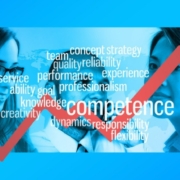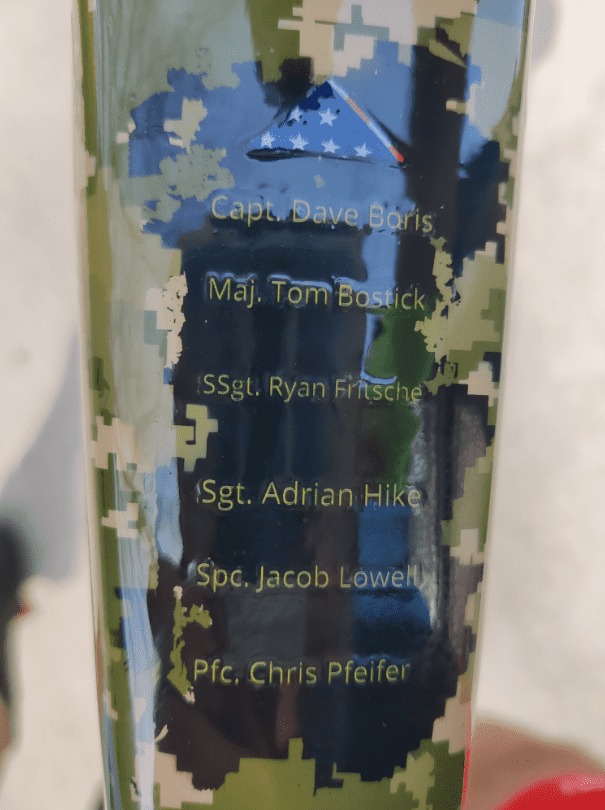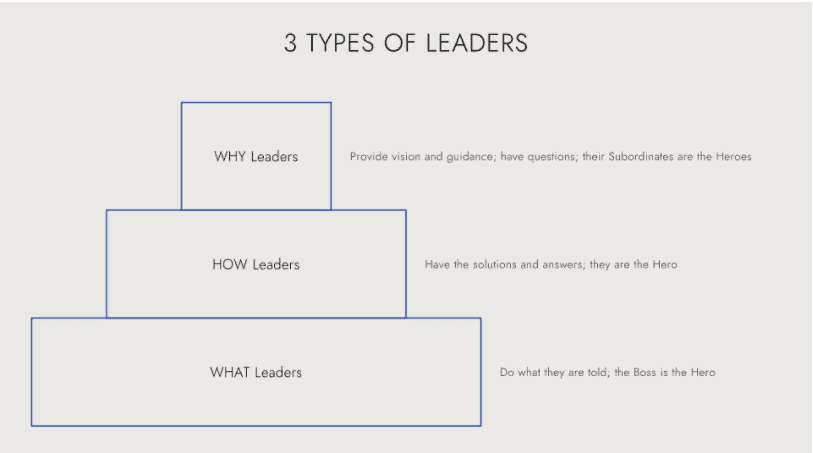Are You Communicating As Effectively As You Can?
We all know communication is key but have you ever explicitly talked about preferred methods with your Team?

Communication is a complicated beast. As a leader, communicating clearly and often is a must. Following up after communication is a great practice. Being receptive to feedback and constructive criticism is hard but helps us grow. Having an open-door policy gives our Team a greater sense of belonging. I could go on and on about the benefits of and the great ideas about communication.
Here’s a novel idea: How often have you asked your team their preferred method of communication? For example, many people prefer emails for task-related requests, texts for brief information or check-ins, and phone calls and/or in-person conversations for things that are personal or could be misinterpreted through email. Think about it.
Perhaps you always communicate over email, but the younger generations in your office prefer Slack or texts. Your communication method could be hindering their ability to work efficiently.

I have recently asked this explicit question as a director and as a consultant and it has opened my eyes as to what others prefer and also has given the individual team members a voice and more control of their preferred communication method.
First, take some time to ask your Team how they prefer to be communicated with given certain scenarios.
Four steps to better communication in the workplace:
- Text/Slack/inter-office messaging
- Phone call
- In-person
- Other
- Overcome email nuances by calling or talking in person: If you ever find yourself wondering if someone might misinterpret the email, chances are you should call or stop by in person. We all know it’s hard to interpret emotions and sarcasm in emails so grab the phone and call if it’s too complicated to put in an email.
- You don’t need to change all of your habits: However, when you can meet your Team halfway, they will feel heard, understood, and they will appreciate your generosity in communicating in a style that will support their productivity.
- Sharing preferred communication method is a two-way street: It will give you, the leader, an opportunity to share your desired communication and you can also share your “why,” which may influence your Team to streamline their processes.
Additional ways I can help you communicate.
Laura Colbert Consulting Programs
The Trusted Advisor Program is my most intensive 1-on-1 program. Within 90 days, you’ll gain habits that create breakthrough success. You get personalized coaching and support, relentless accountability, and commonsense action steps that get results.
Additional Offerings:
Join our central Wisconsin in-person or online Impactful Leadership Lunch. Join like-minded leaders during this monthly mastermind lunch group to improve your business efficiency, boost employee retention, and get you focused on doing what gives you joy. Are you looking for a Keynote Speaker at your next event? I use my past experiences and knowledge to show you how to be the best version of yourself, surround yourself with the right people, and build highly productive teams.
Book:
Sirens: How to Pee Standing Up – An alarming memoir of combat and coming back home. This book depicts the time of war and its aftermath. It seamlessly bridges the civilian and military divide and offers clarity to moral injury and post-traumatic stress.




















